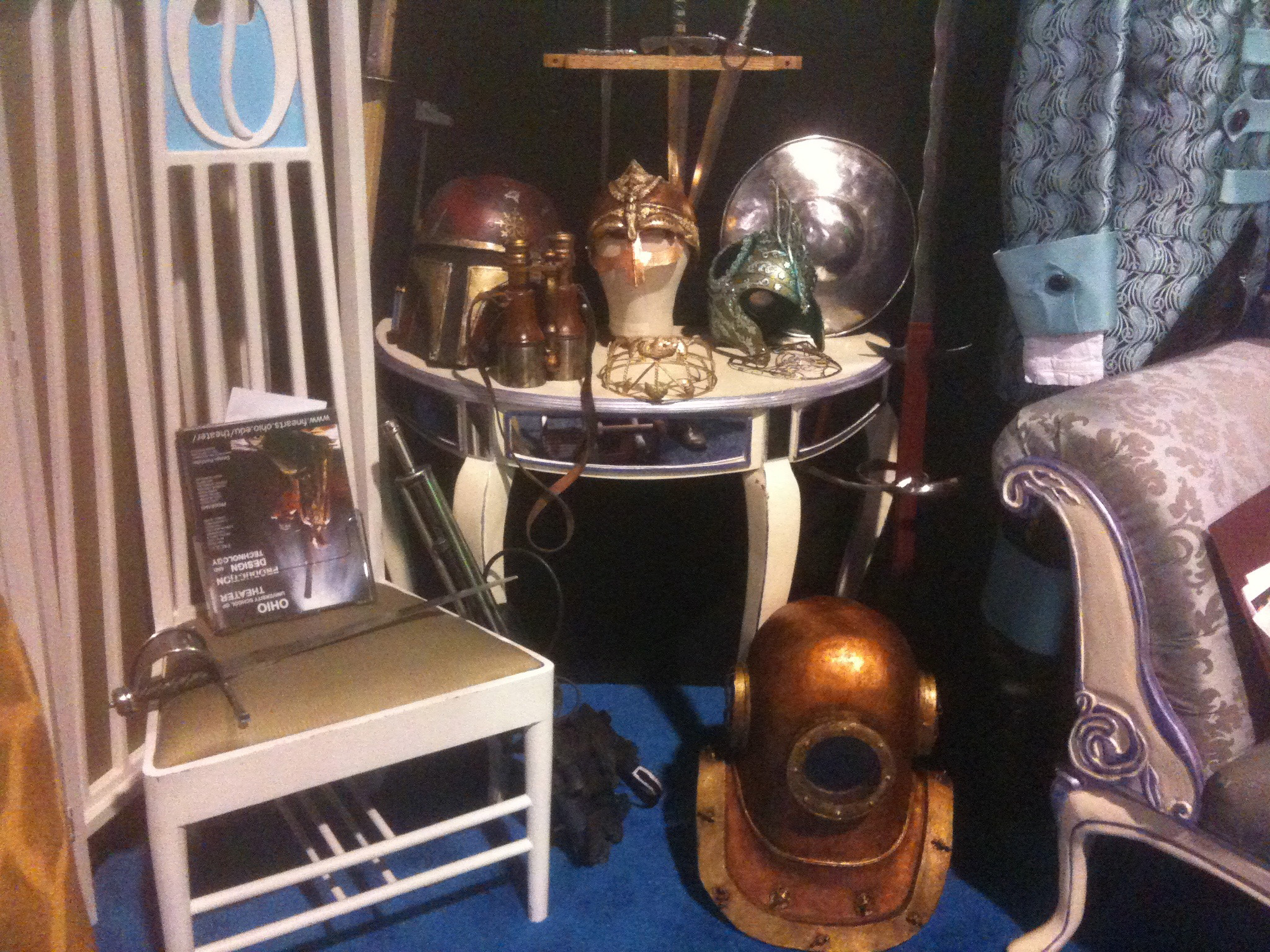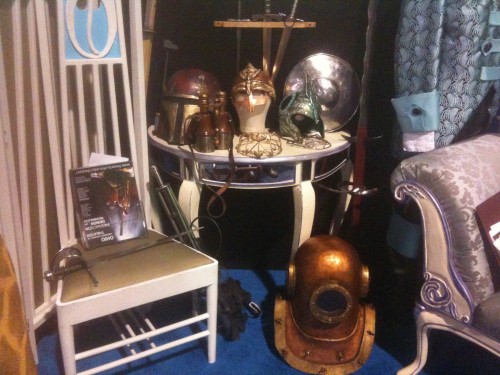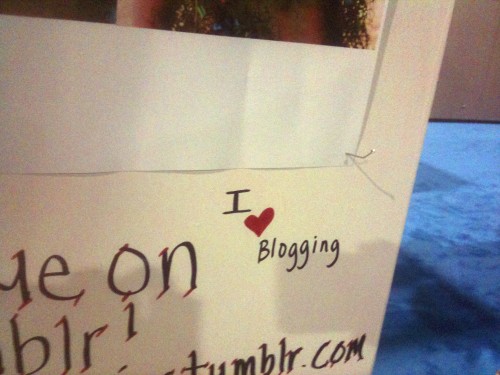The following was written by Arthur Fitzgerald and originally printed in the New York Times, November 22, 1914. It included the following bio of the author:
Mr. Fitzgerald is the stage manager of “The Law of the Land,” the grisly melodrama by George Broadhurst, which has been running all Fall at the Forty-eighth Street Theatre, with Julia Dean in the role of the woman who kills her husband, to the great delight of many audiences.
Enjoy!
Fine productions are seen in New York. Certainly nothing finer exists than the American housing of plays. Contrary to an all to general opinion, the staging of plays in America is not reckless. Lavish, yes, in the outlay of money, but painstaking always. The producers are not “satisfied with anything.” I have known one man to replace a single chair seven times because it did not blend with the room.
In our play, “The Law of the Land,” this exactness has been instilled into every one “back stage,” so that our stage machinery works like a perfect clock. The curtain rises punctually, the necessary properties are checked and rechecked and are always in their places. When a telephone bell on stage is to ring “in the middle of a word,” as we say, the man off stage who pushes the button does it just as carefully and just as seriously as if he were playing his part in full view of the audience. There is an extra gown at the door in case something unforeseen should happen to the one which the butler ordinarily carries in for that funny situation in the last act. The property man has instructions to taste the near-whisky used in the first act. Imagine an experience of mine in the north of England. The hero was about to drink a toast to the heroine. He took a mouthful of the drink—it was varnish! In our second act grapefruit is actually eaten. Grapefruit is puckery. Miss Dean has a most demanding role, and the grapefruit does not help much. I spend my leisure hours at the grocer’s finding the finest fruit.
The moon shines through a window onto the body of the dead man, and our producer and Mr. Broadhurst were not satisfied with the light during the first week of rehearsals. I went to an artist friend’s studio for three nights, during which where was no moon, but on the fourth night the moon shone and I got the effect. Next night at rehearsal we tried it at the theatre and Mr. Broadhurst asked, “Is that moon coming in through the top of the theatre?”
The finger print charts are not faked, but are genuine, and the method used in taking them and in their use has been approved by Inspector Faurot of Detective Headquarters.
Lawyers’ papers and documents, pencils for the stenographer, vichy, a waste basket, a bit of crumpled paper, an amber trimmed jet tassel, a dog collar, a dog whip, a revolver—these so-called “necessary props” are tripled and must each be in its place. The slightest change is a most dangerous proceeding.
In Dublin, once, a statue of the Virgin Mary was necessary to the play. In the hurry it was left to the property man. When the statue was undraped a moment before the curtain went up it was found to be the statue of Venus de Milo. The actor who referred to it in his part had a splendid presence of mind and read his line, “She is as chaste as the Virgin Mary and has a figure like the Venus de Milo.”
Originally printed in the New York Times, November 22, 1914.



